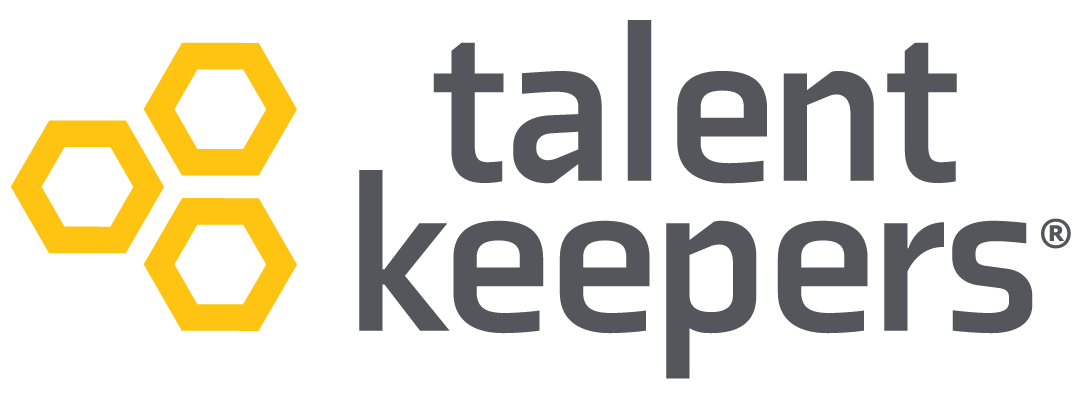Employee engagement surveys are a great tool for providing insights on employee engagement levels among your workforce and learning what drives your top-performing employees. Learn more about conducting an employee engagement survey, from planning and designing the right questions to analyzing the results and creating a follow-up action plan.
How To Conduct An Effective Employee Engagement Survey
There are four key stages to conducting an effective employee engagement survey. Addressing the steps at each stage will ensure that you have a thoughtfully designed survey to provide reliable and actionable data.
Employee engagement surveys measure the level of connection your employees feel with their work and their commitment to your company or organization. There are different parts of an employee engagement survey. Take the time to understand them for a clear picture of what you’re measuring and how to get the best results.
Employee surveys function to jumpstart and inform your company’s overall employee engagement action plan. Exit interviews, stay interviews, and pulse interviews provide the feedback you need to recognize high-performing groups and identify those that need more support. They’ll also pinpoint areas where leadership coaching will be beneficial.
Planning for the Survey
The planning stage for your employee surveys is crucial. Thoughtful planning guarantees you return the best possible data while safeguarding from common mistakes in the engagement survey process.
Leadership buy-in is critical for any successful engagement plan. If you want your employees to engage with the process thoroughly, they need confidence that your leadership is as committed to it as you want them to be. When your leadership team demonstrates their engagement, it will help build employee trust and encourage them to commit to the process.
Determine what you want to measure. What are you hoping to achieve with your engagement process? Many organizations use employee surveys to get feedback on workplace culture, to reduce attrition and improve employee retention, or to find ways to encourage business growth. Once you’ve determined your objective, consider how to best implement your survey with this in mind. Choose the type of survey(s) that will get you the best data for your company’s goals.
After deciding which type of survey to use, consider how to administer it. You can use an online survey tool or a paper survey. Each has its benefits. Online tools are more cost-effective and make it easier to compile results, but some employees may be skeptical of their confidentiality. Paper surveys may better serve low-tech environments or those with smaller sample sizes. Take time to reassure your employees that no matter the format, their responses will be anonymous or confidential (depending on the type of survey being administered).
Communication about the survey’s purpose is vital. It prepares them not only for the launch of the employee engagement process but also for an opportunity to build excitement about how it can improve their experience with your organization. Let them know when to expect the survey and how the results will be used to inform targeted action.
Administering the Employee Engagement Survey
By investing the time to conduct employee surveys, you’re demonstrating your desire to hear directly from your employees how you can improve their work satisfaction and experience. Let them know that this is their chance to have their voices heard for positive workplace change.
There is a balance that you must consider when designing your engagement process. Surveying too infrequently may not get you the actionable data you need, but surveying too often can lead to survey fatigue. Survey fatigue can cause employees to disengage from the process and lower response rates. If the organization does not act on the feedback and communicate areas of strength and opportunity, employees don’t feel heard and think surveying is unimportant. There is no single right or wrong number of surveys to administer, so you should look to your desired metrics to guide you. Annual, biannual, or quarterly surveys are all great options. These cadences pulse and lifecycle surveys can be implemented to create a survey rhythm that meets your organization’s goals.
It’s important to note that you should only seek feedback on what you can act upon. It can harm the process if you ask for feedback on a topic you can’t (or aren’t willing) to address with change action. You risk employees losing faith in the engagement process.
To increase the response rate to your surveys, communicate about the survey ahead of time to all who will be surveyed. Build in time for them to take the survey during their workday. Hold leadership accountable for encouraging team members to participate and follow up with appropriate changes informed by the survey results.
Analyzing the Results
The results from your employee surveys will give you insights into your organization’s strengths and help you identify areas of opportunity for growth. Ensure that your sample size and number of responses are large enough to give you statistically significant data. Take note of any factors that may have affected the results.
As you analyze the data, identify trends among employee feedback. Is there a common thread that stands out company-wide, such as workplace culture or leadership challenges? Are there demographic trends, such as a differential between the responses from salaried and hourly employees?
Once you’ve captured data from several survey periods, you can start to benchmark your progress. Compare the new and past results data to see if you’re making headway on your company goals. You can also utilize external benchmarks to see where your company stands about industry relatives.
Segmenting your data by employee groups is a good idea. You can track obstacles and progress for specific departments or demographics. This will require a confidential versus anonymous survey. Before launching the survey, you want to be transparent with your team members.
Review the responses to your open-ended questions. They will give you additional context to pair with the data results for even better insights.
Using Survey Results to Implement Changes
Your employee engagement feedback is valuable data, but only if you use it best. You must follow up by creating an action plan to implement changes informed by the feedback data.
Creating an employee engagement plan is the final step in the survey process and the signal to your employees that you have heard and valued their input. This helps instill trust in you and in the engagement process itself.
Share the key findings of the survey with your employees to maintain transparency. Then, meet with your leadership team and create a plan of action. Communicate the plan to your employees so they are included in this step of the engagement process and understand why changes occur. When they know the changes are intended to improve their employment experience, they are more likely to embrace them.
Why Conduct Employee Engagement Surveys?
Employee engagement surveys will foster a positive and supportive workplace culture. The benefits of engagement surveys include helping retain your best staff, driving organizational growth, and boosting business performance.
Further, the engagement process will enhance leadership effectiveness by identifying areas of focus to build stronger relationships and hone their talent acquisition and performance skills. Leadership can be held accountable for the organization’s growth; when survey data is used to pinpoint issues contributing to high employee turnover, leaders should initiate changes.
Designing Employee Engagement Survey Questions
Design your employee engagement survey questions to align with your goals at the process’s inception. Keep your survey focused on relevant themes and outcomes, such as engagement with work or team members, communication, career development, or leadership feedback.
When developing your survey questions, they must be clear and non-leading. For example, asking, “Do you agree that we’re doing all we can to support employee engagement at our company?” implies that the responder should agree.
Incorporate the Likert Scale in your survey question design and ask open-ended questions for additional context when analyzing. Open-ended questions should be answerable with brief responses, or the responder may not take the time to give a thoughtful answer.
Establishing A Culture Of Continuous Measurement And Improvement
After you’ve gotten the ball rolling on your employee engagement process, please keep it going! Make it part of your workplace culture to continue improving employee engagement by regularly measuring your progress.
Set up an ongoing feedback system by developing a cadence of engagement surveys (and a variety of formats) for your company. Assess over time if you’re getting the best results, and be prepared to pivot if you think your program would benefit from adjusting.
Track the impact of changes resulting from your surveys. Is staff retention improving? Are employees reporting increased levels of satisfaction? This is great feedback to share with employees to improve sentiment and to keep them involved with the process.







